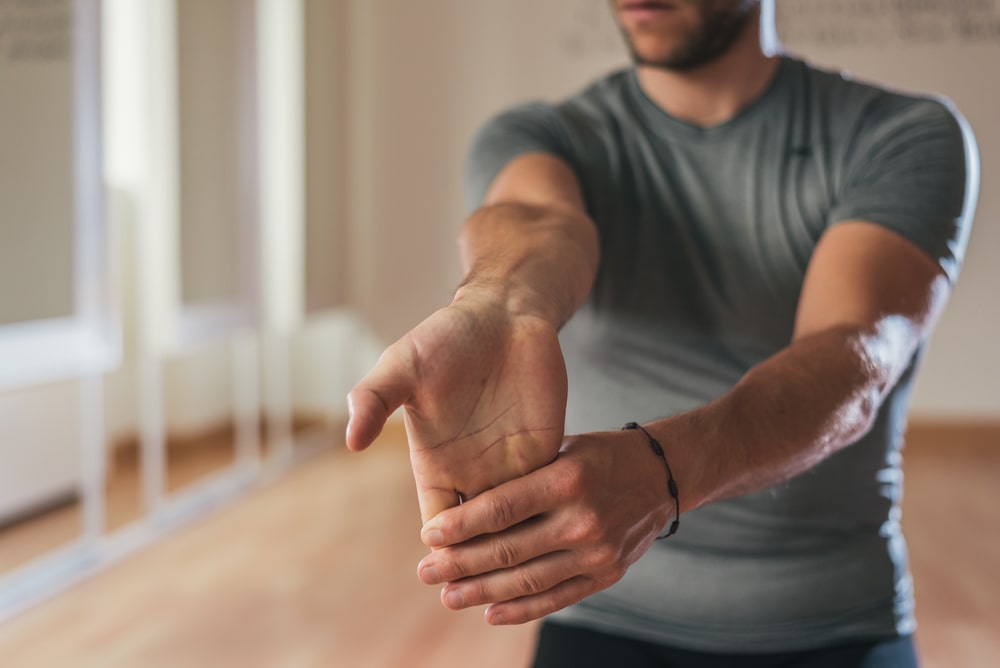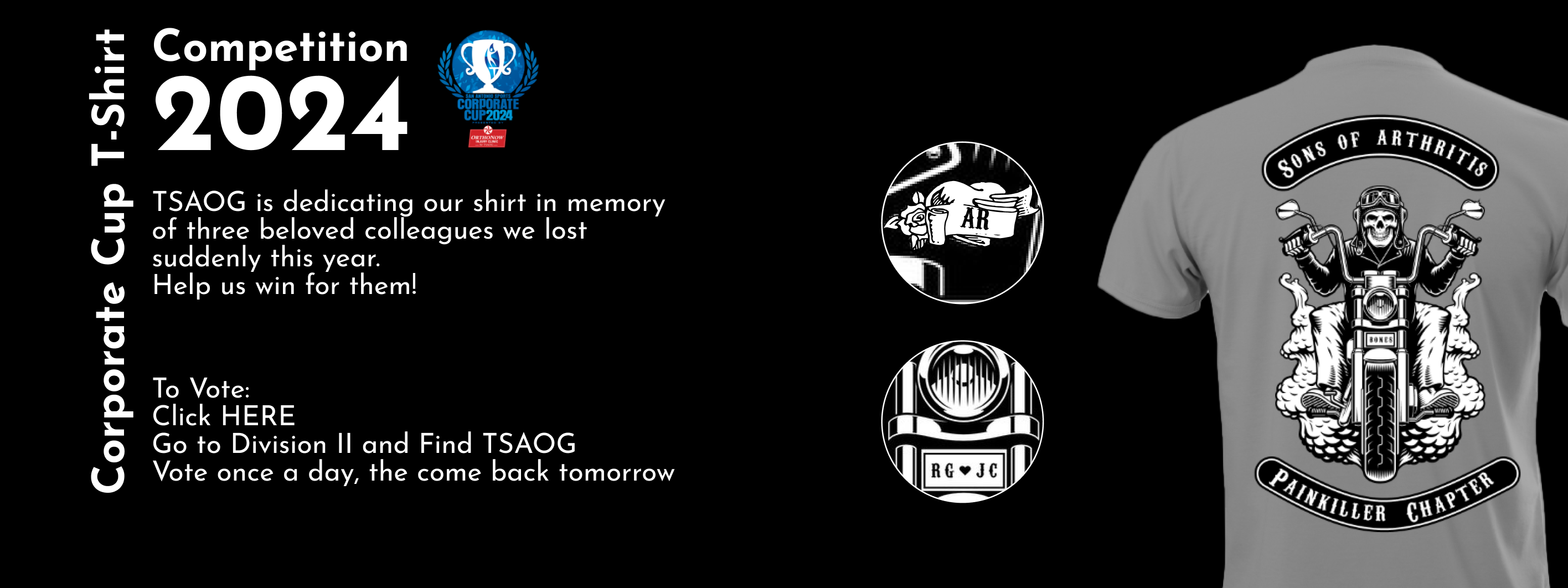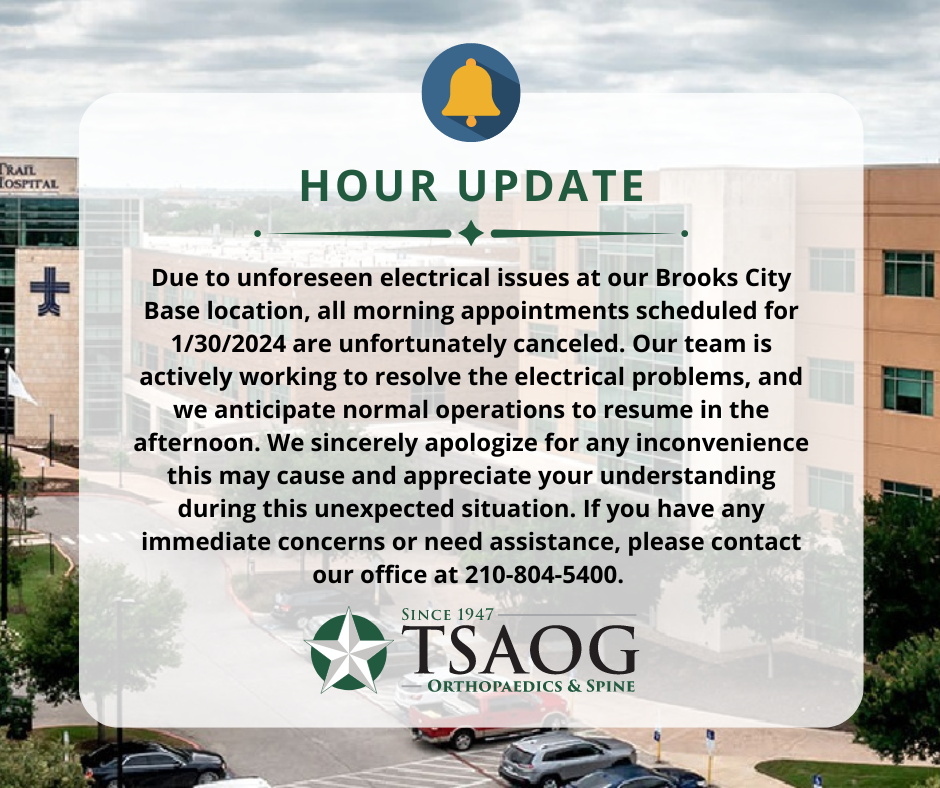This article has been reviewed by Dr. Michaelia Sunderland
Your hands are one of the most complex tools in the world. They allow you to grab and pick up things around the house; steer the wheel of your car to get to work; and type on a computer or phone to communicate with other people. All of these activities are done through muscles, bones, and joints all working together to achieve what you want them to. This is why it is so important to strengthen your hands after hand surgery. Conditions like carpal tunnel, rheumatoid arthritis, and a number of other hand procedures may be able to be remedied through hand surgery, but the recovery process after may yield the best results with proper exercises.
This article is meant to focus on some key hand exercises that a patient can anticipate after hand surgery. They all are designed to help improve the overall strength in your hands while also increasing their flexibility. While we offer these exercises as recommendations, please remember to consult with your doctor before attempting or adding these exercises to your daily routine.
Check out this YouTube Video on Finger Exercises After Hand Surgery with Dr. Michaelia Sunderland
Cast Touches
If you have a cast or splint on that restricts your hand from moving around in different directions. One of the best exercises to start with can be cast touches. To start, slowly and gently lower your fingers down to touch your splint. If you are having trouble bending them down, you can gently apply pressure with your opposite hand on your fingers to lower them closer to your cast. This exercise is not meant to strain your hand or fingers, but aims to stretch your fingers while being restricted. You might feel some tightness or pulling in your forearm throughout this exercise, which is expected. To keep your thumb involved, start off slowly by bending your thumb at the joint. After you feel comfortable, begin moving your thumb closer to the center of your splint to eventually touch your fingers.
Finger Taps
This exercise can be done with or without a splint. To start, lower your forearm onto a table to prop up your hand at about chest height. Making sure that your palm is face up, slowly begin to tap each finger to your thumb from one direction and back. Do this a couple of times to increase the strength in your fingers. Remember to slowly touch each finger with your thumb without raising the bottom of your hand from the table.
Tight Fist & Release
This exercise should be done after you get a cast or splint removed. To start, clench your fist tightly. Hold this position for a couple of seconds, then stretch out your hand and fingers as far apart as you are able to. Repeat this process for a couple of times to stretch out and strengthen the muscles in your hand and fingers. If you repeat the exercise and feel you need to add more resistance, use a ball or stress reliever while clenching your fist.
Wrist Movements
Another exercise to do after a cast or splint has been removed are wrist movements. To start, hold your injured arm with your opposite hand for support. Begin slowly moving your wrist forwards and backwards for about 10 reps. Give yourself a minute to relax, then slowly begin to move your wrist side to like a hand wave for another 10 reps. You might feel a slight pain in your forearm, which is expected.
Rotating Your Forearm
For this exercise, start with your arm close to your body and your elbow in an L-Shape. With your palm facing downward, slowly begin to rotate your forearm until your palm is facing up. Hold the position for a couple of seconds, then slowly rotate your forearm until your palm is facing down again. While rotating your forearm, remember to maintain your elbow at your side.
All of these exercises have the goal of improving the strength in your fingers, hands, and forearms after surgery. They are also meant to be done periodically and not all at once. Please remember to consult with your doctor before attempting to do any of these exercises. If you start to feel pain during an exercise or after you’ve completed them, stop immediately and refer back to your physician.
Quick reminder that swelling after hand surgery is common and can make exercises like the ones listed about difficult to complete. Some remedies to reduce swelling in your hand include raising your hand above your heart, draping your forearm across your chest and holding your shoulder (keeping your hand above your heart), and using a pillow to elevate your hand at night when you’re going to sleep.
If you’re experiencing hand or wrist pain, the Hand & Upper Extremity Institute at TSAOG Orthopaedics & Spine can help diagnose your condition and provide treatment options to deal with your pain. TSAOG offers experienced providers to help aid in your care that include in-house x-ray, casting, and physical therapy. Schedule an appointment using our self-scheduler today!
Looking for a Hand Specialist in the San Antonio, TX Area?














